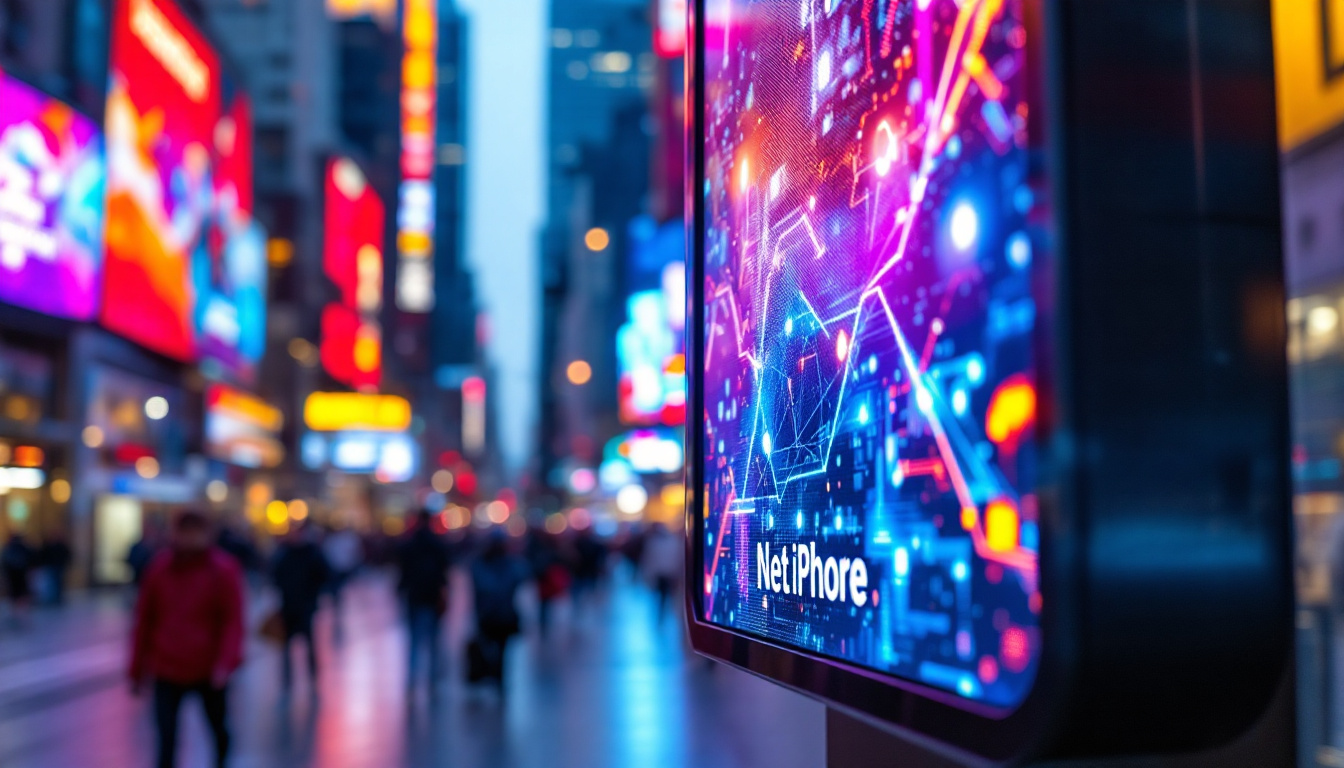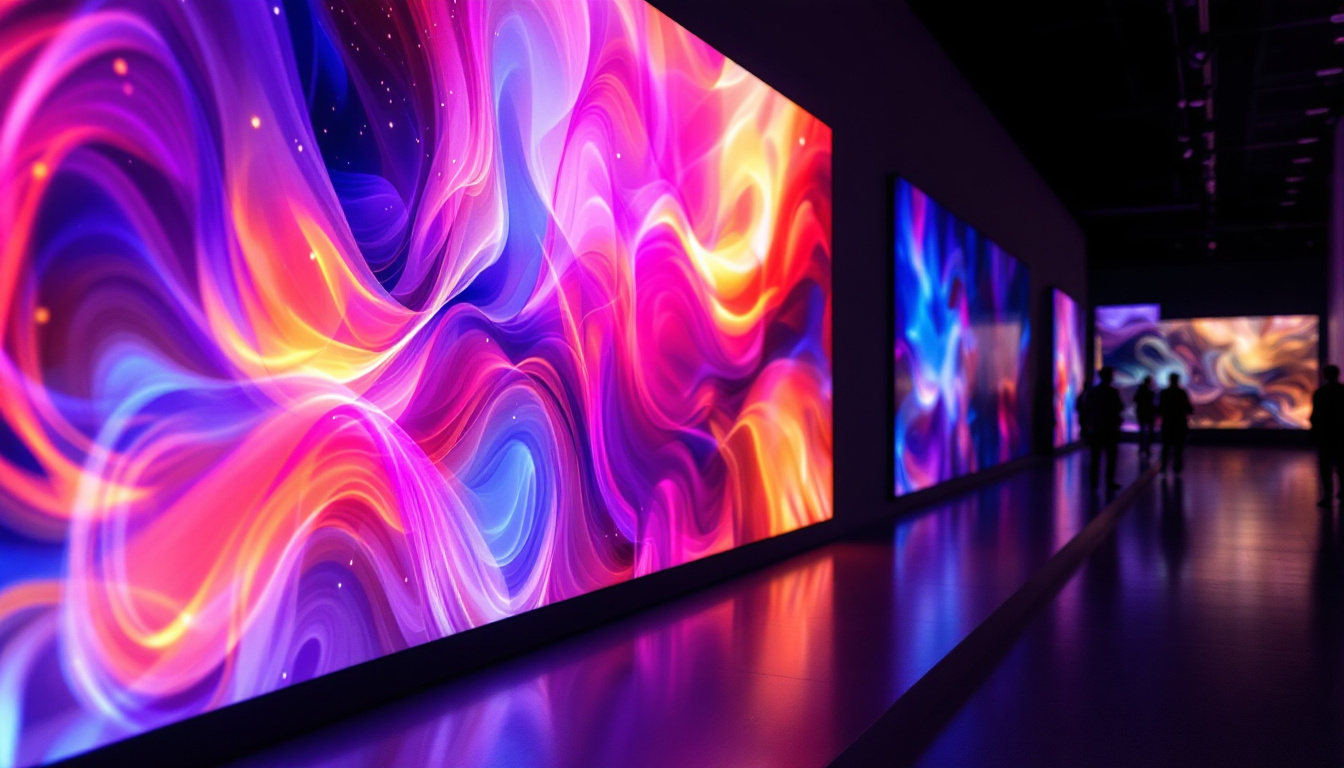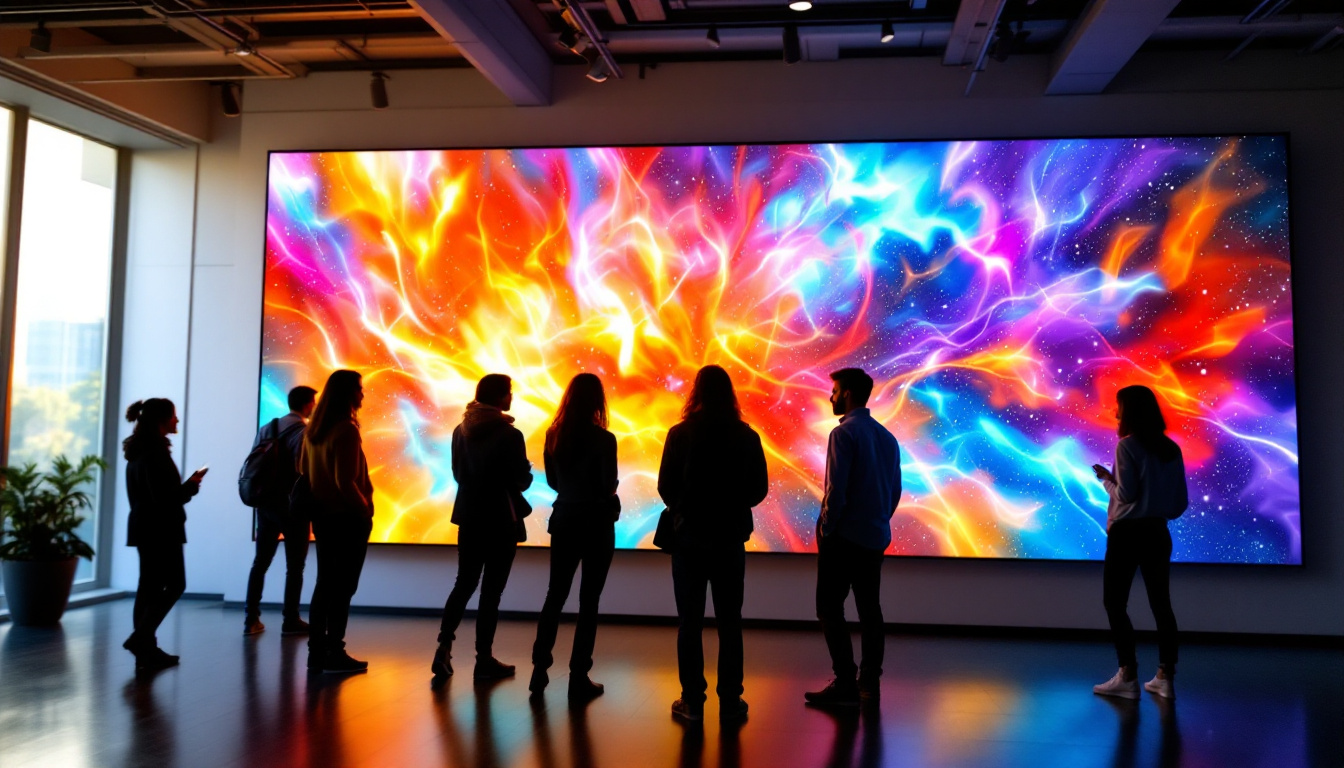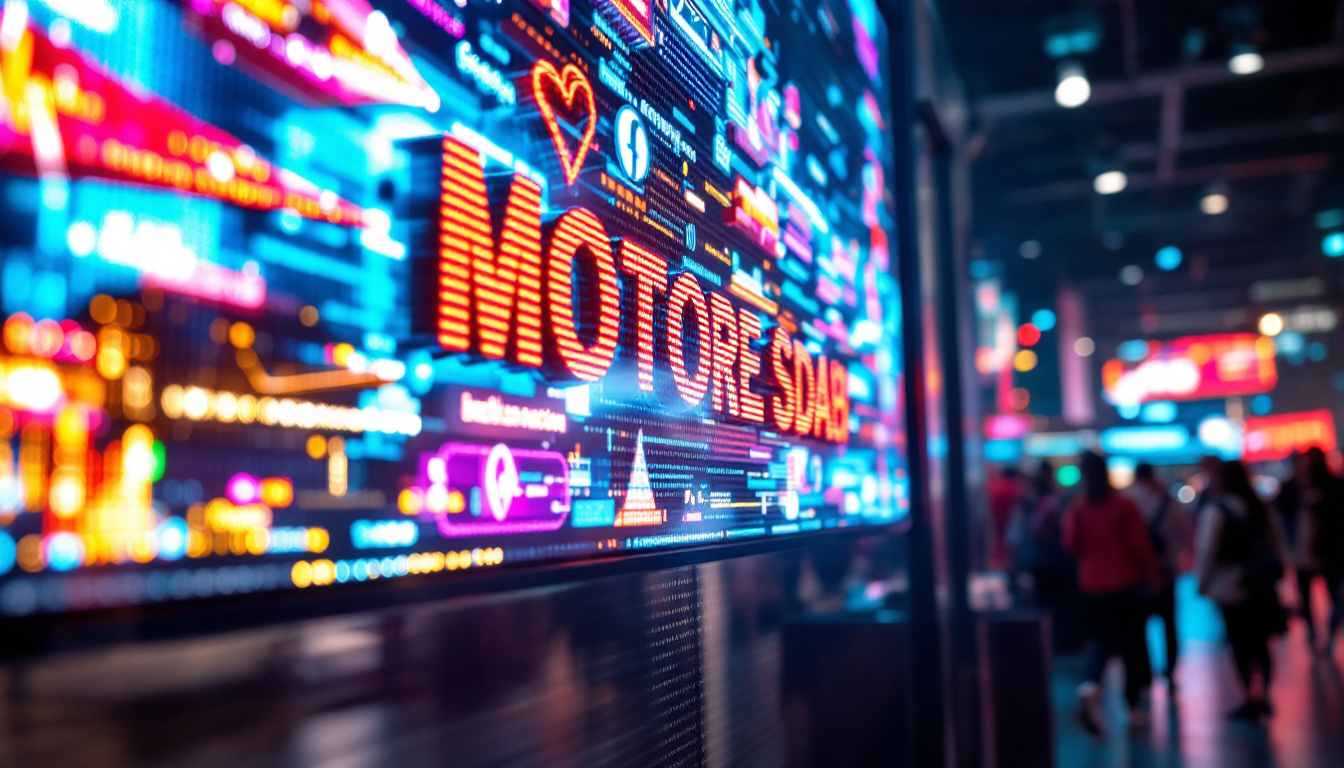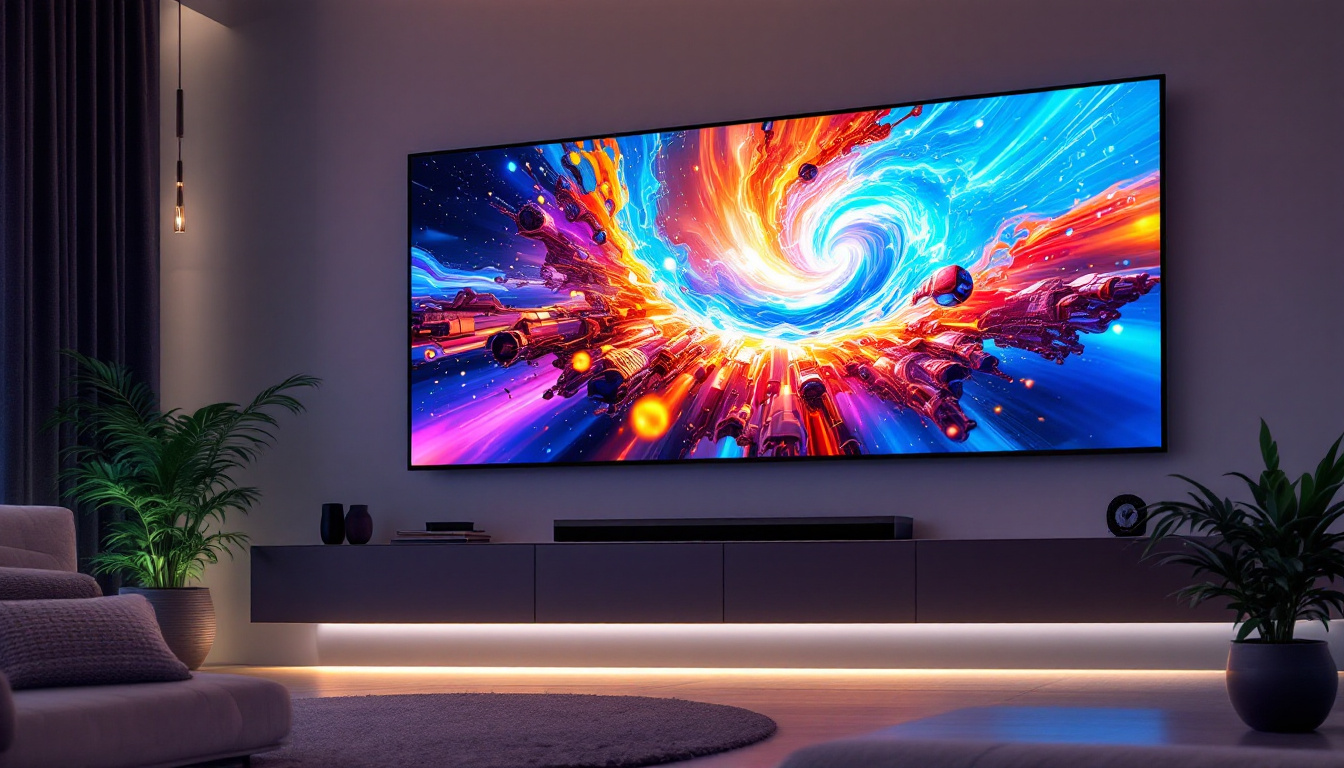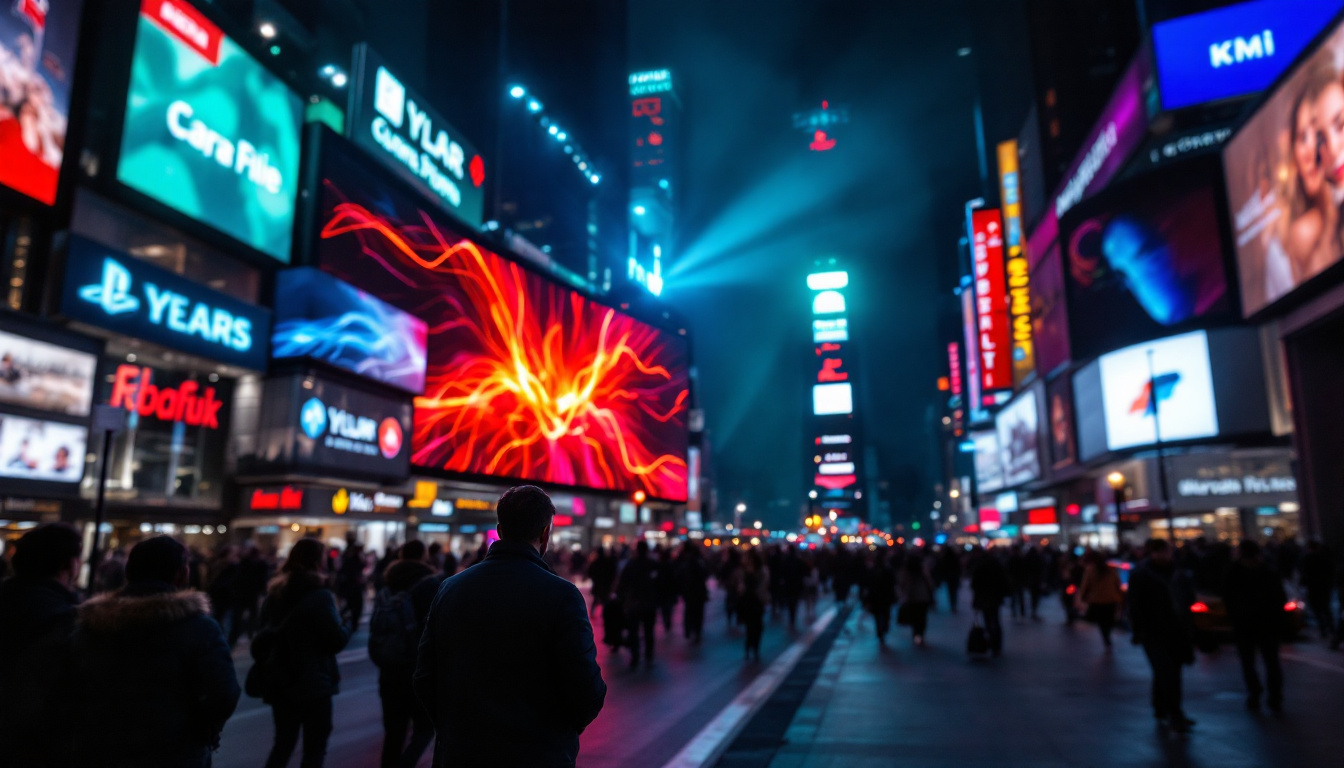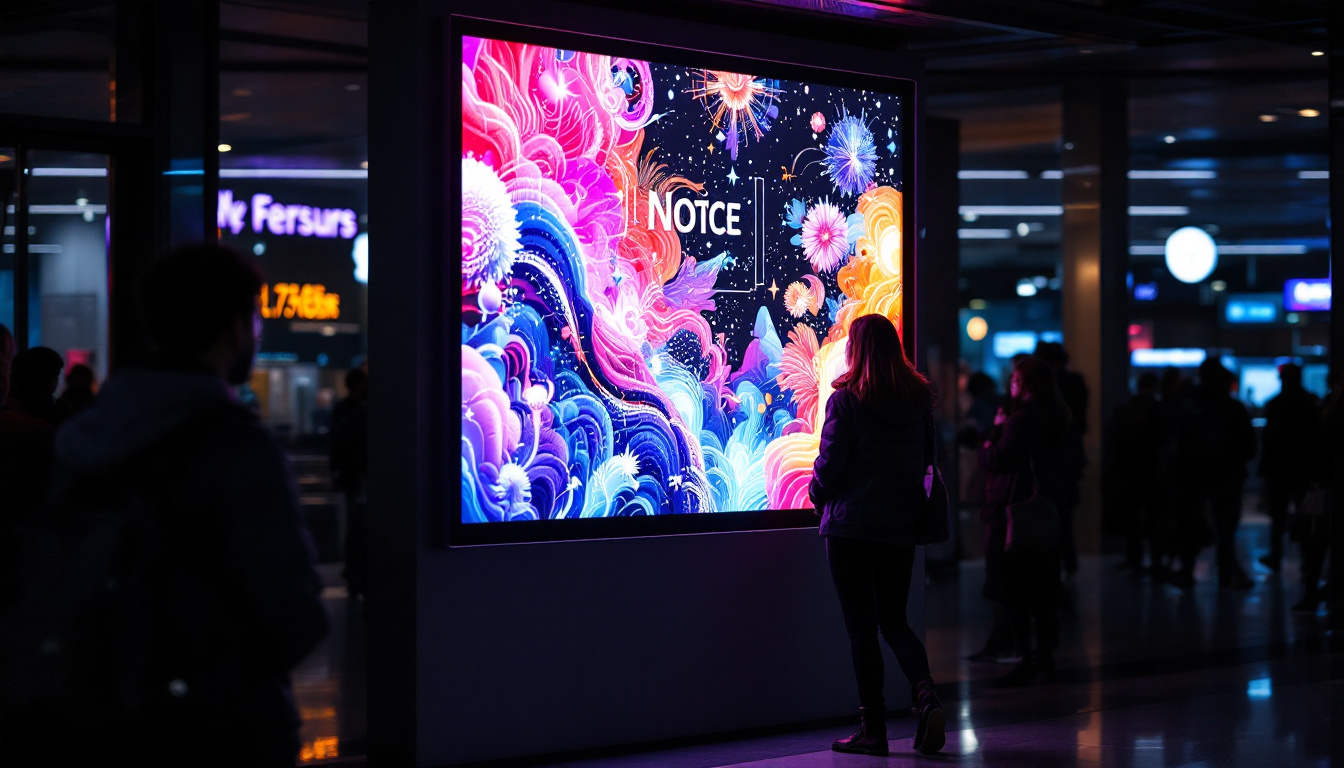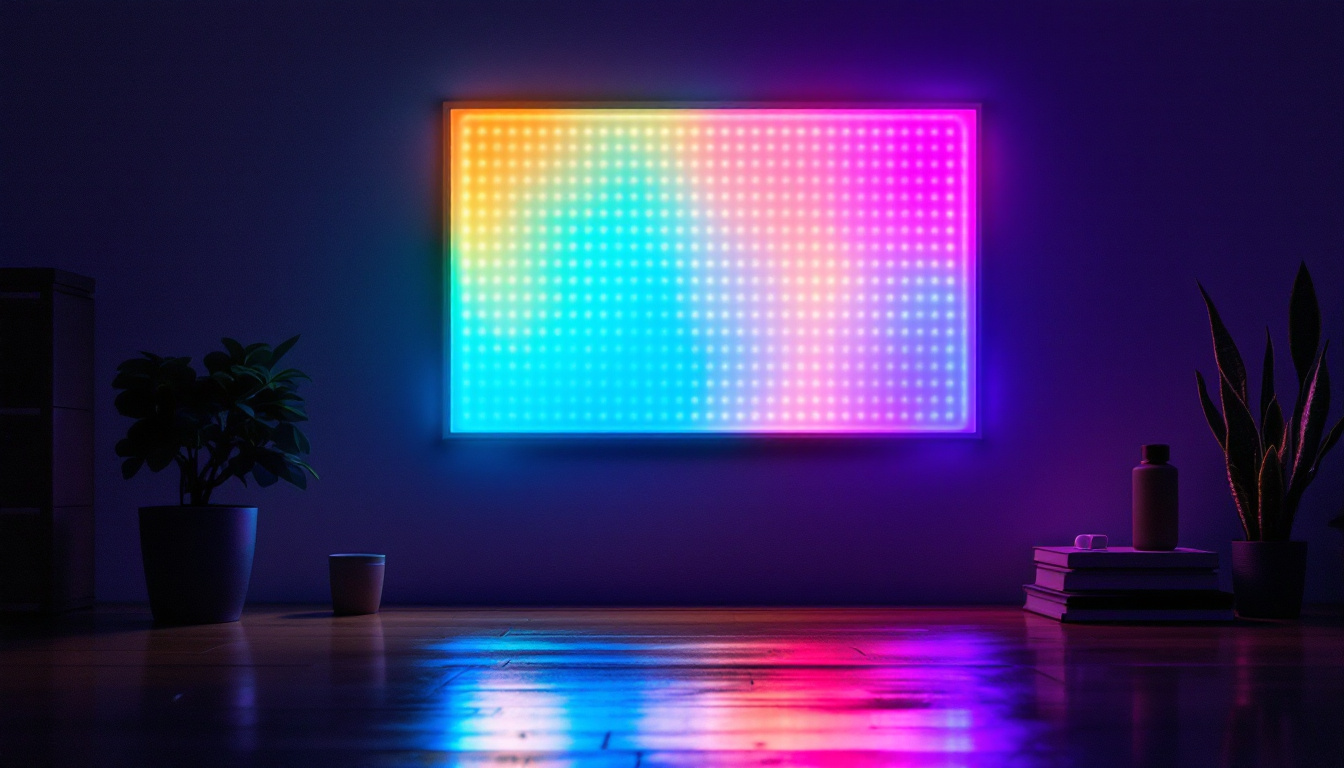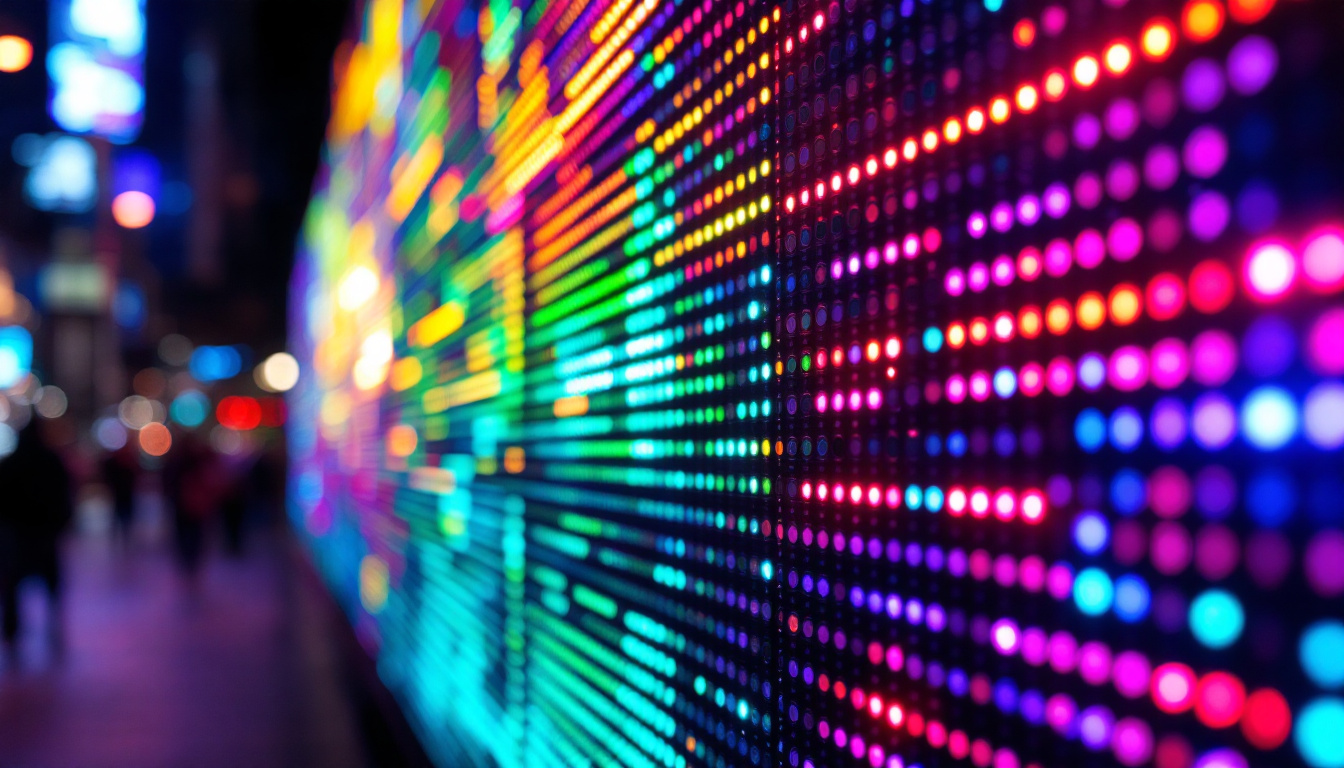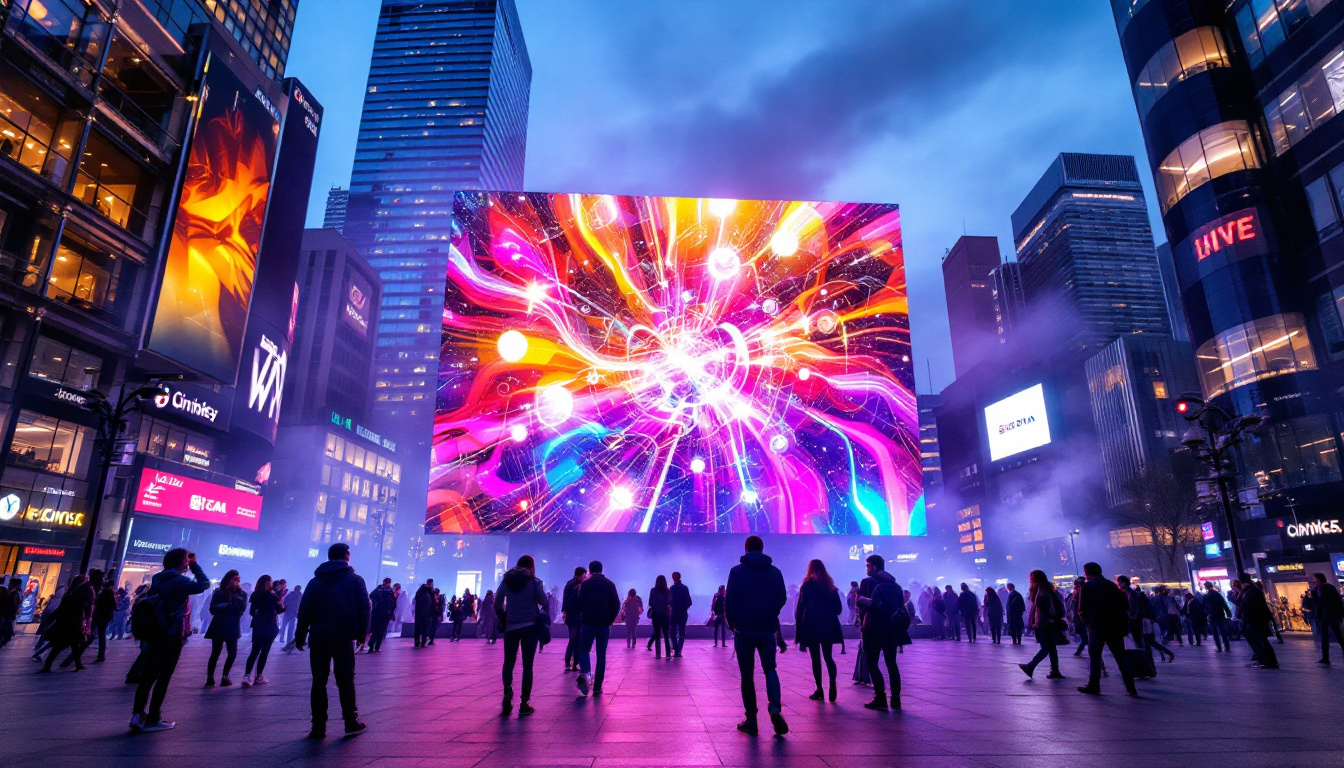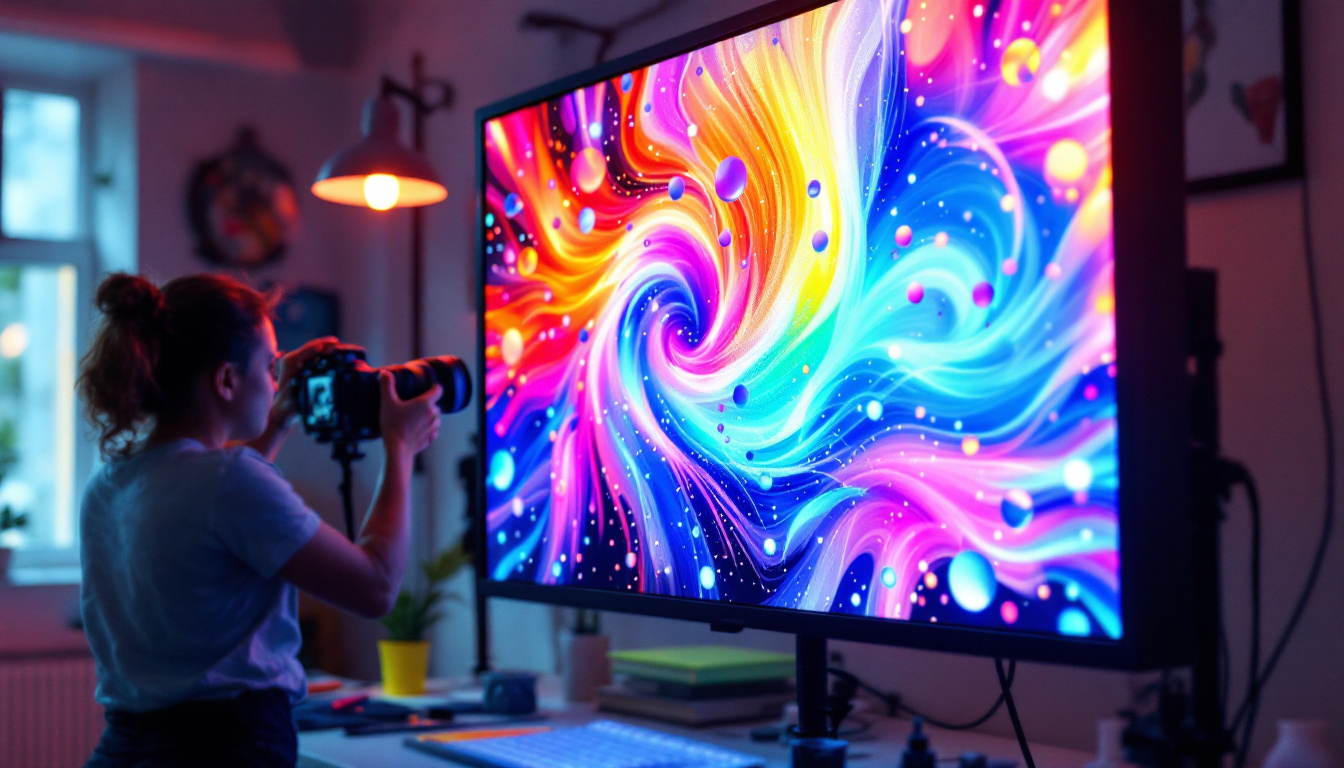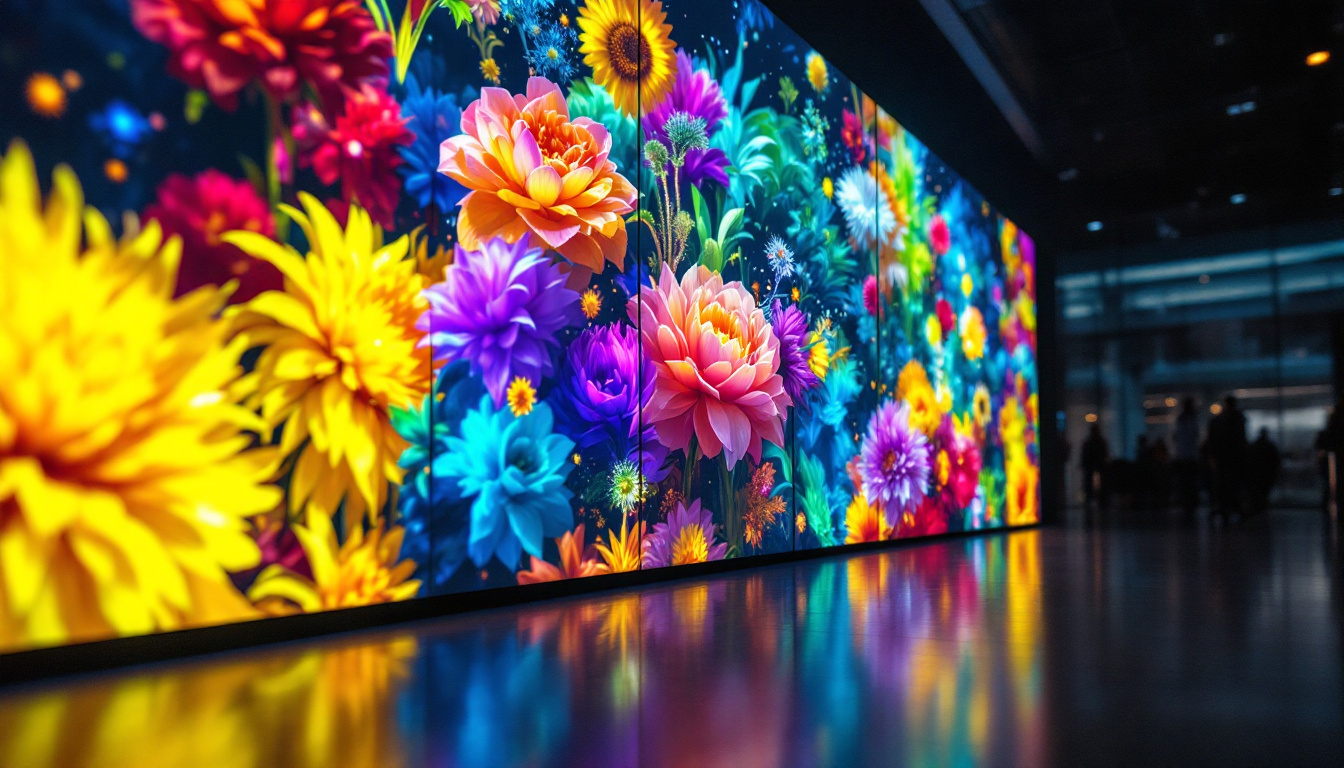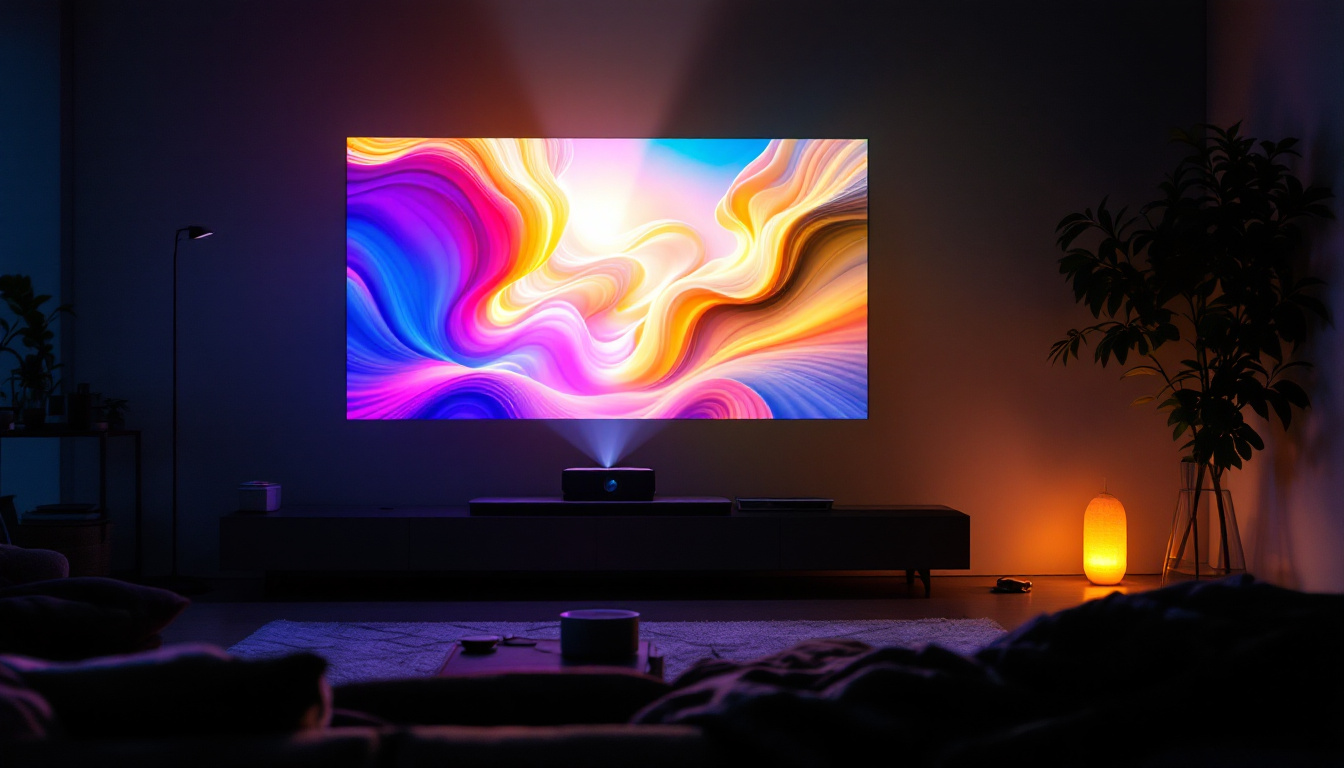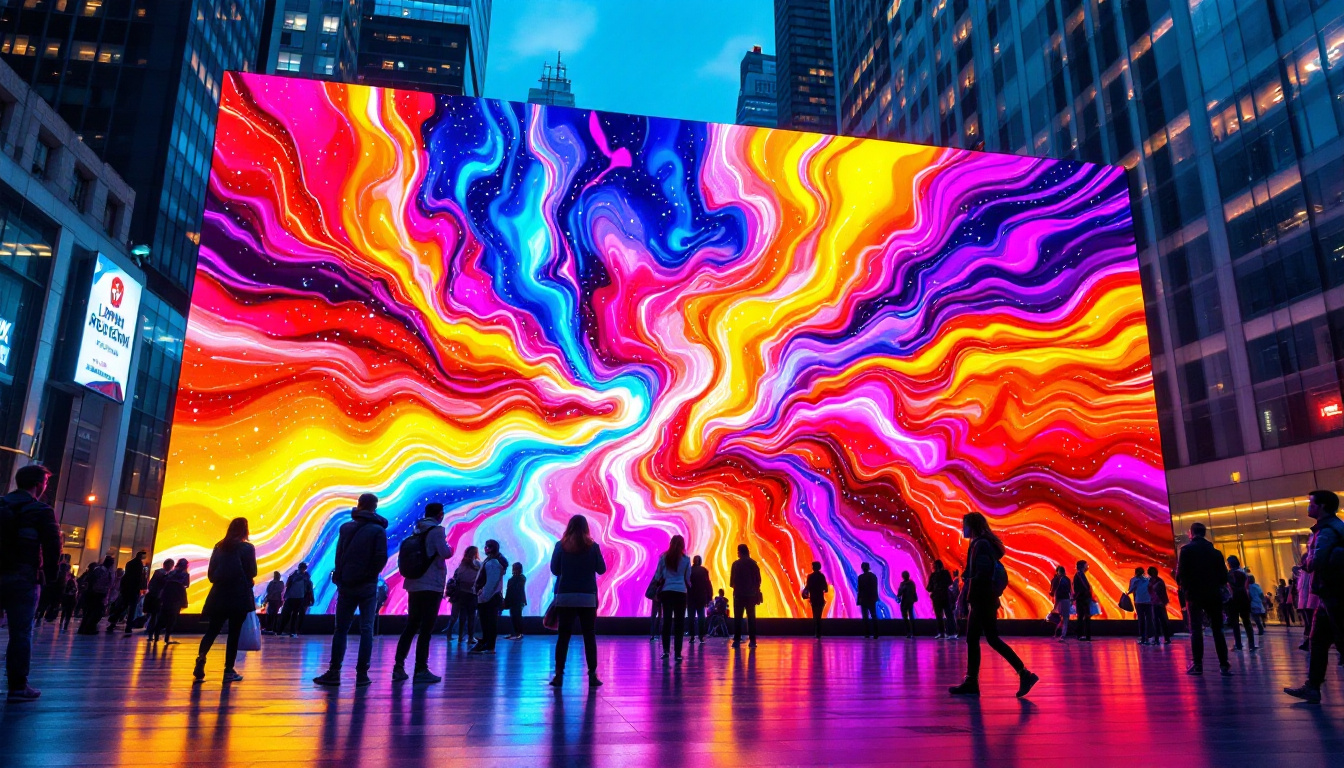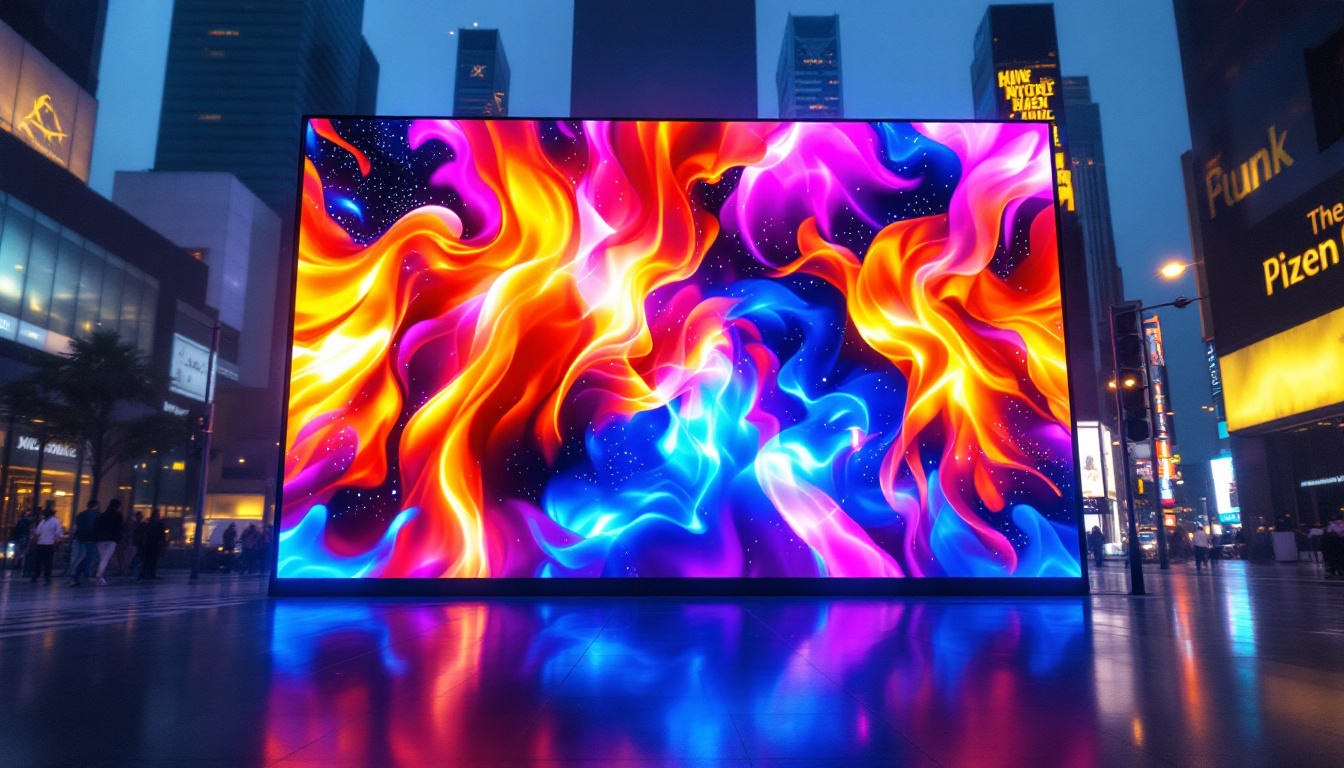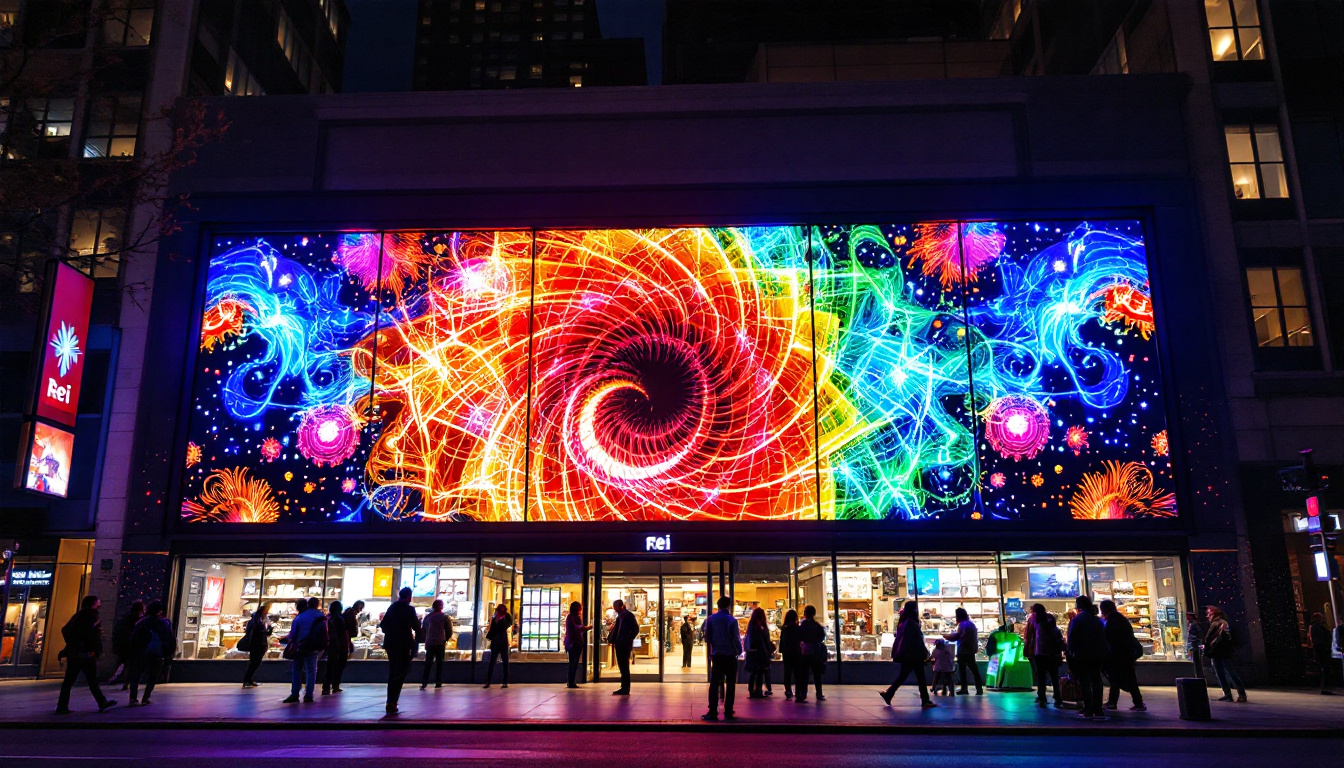In the rapidly evolving world of marketing, digital advertising display screens have emerged as a powerful tool for businesses to engage with their audiences. Among various types of display technologies, LED (Light Emitting Diode) displays stand out due to their vibrant colors, energy efficiency, and versatility. This article delves into the intricacies of LED display technology, its advantages, applications, and future trends in digital advertising.
Understanding LED Display Technology
LED displays are a type of flat panel display that uses light-emitting diodes to produce images. Unlike traditional LCD screens that rely on backlighting, LED displays utilize individual diodes to emit light directly. This fundamental difference contributes to their superior performance in various settings, including high brightness, energy efficiency, and a broader color gamut. As a result, LED technology has become the preferred choice for both commercial and residential applications, revolutionizing the way we experience visual content.
How LED Displays Work
At the core of LED display technology are tiny semiconductor devices that emit light when an electric current passes through them. These diodes can be arranged in various configurations to create pixels, which combine to form images and videos. The brightness and color of each pixel can be controlled independently, allowing for high-resolution displays that can convey intricate details. This capability not only enhances the viewing experience but also enables dynamic content that can change in real-time, making LED displays particularly effective for live events and interactive installations.
LED displays are typically categorized into two types: direct view and backlit. Direct view LED displays consist of an array of LEDs that form the entire screen, while backlit LED displays use LEDs to illuminate an LCD panel. The former is commonly used in large outdoor billboards, while the latter is prevalent in televisions and computer monitors. The advancements in LED technology have also led to the development of organic LEDs (OLEDs), which offer even greater flexibility and color accuracy, allowing for thinner displays and improved contrast ratios.
Types of LED Displays
LED displays can be classified into several types based on their application and configuration. The most common types include:
- Indoor LED Displays: These displays are designed for use in indoor environments, such as shopping malls, airports, and conference centers. They offer high resolution and vibrant colors, making them ideal for advertising and information dissemination. Indoor LED displays often feature advanced technology that reduces glare and enhances visibility, ensuring that content is easily readable from various angles and distances.
- Outdoor LED Displays: Built to withstand harsh weather conditions, outdoor LED displays are often used for billboards and large-scale advertisements. They are designed to be highly visible even in direct sunlight, ensuring that messages reach a wide audience. Many outdoor models are equipped with protective casings and advanced cooling systems to maintain performance and longevity, even in extreme temperatures.
- Transparent LED Displays: These innovative displays allow light to pass through, making them suitable for applications where visibility is crucial, such as retail windows. They can display advertisements while still allowing customers to see the products behind the screen. This technology not only enhances the aesthetic appeal of storefronts but also creates immersive shopping experiences that blend digital content with physical products.
Another emerging type of LED display is the flexible LED screen, which can be bent and shaped to fit various surfaces. This adaptability opens up new possibilities for creative installations, such as curved displays in art galleries or unique architectural features in public spaces. As technology continues to evolve, the versatility and applications of LED displays are likely to expand even further, paving the way for innovative designs and enhanced user experiences across multiple industries.
Advantages of LED Displays in Advertising
LED displays offer numerous advantages that make them a preferred choice for advertisers. Their unique features enhance visibility, engagement, and overall effectiveness of advertising campaigns.
High Visibility and Brightness
One of the most significant advantages of LED displays is their exceptional brightness. They can produce vibrant colors and high contrast, ensuring that advertisements capture attention even in bright daylight. This characteristic is particularly beneficial for outdoor advertising, where competing with natural light can be challenging.
Moreover, LED displays can be viewed from various angles without losing image quality, making them effective for reaching diverse audiences. Whether someone is walking by or driving past, the message remains clear and engaging.
Energy Efficiency and Longevity
LED technology is known for its energy efficiency compared to traditional display technologies. LED displays consume less power while providing superior brightness, which translates to lower operational costs for businesses. This energy efficiency not only benefits the environment but also contributes to long-term savings.
Additionally, LED displays have a longer lifespan than other display types. With proper maintenance, they can last up to 100,000 hours, significantly reducing the need for frequent replacements and repairs. This longevity makes them a cost-effective investment for advertisers.
Dynamic Content and Flexibility
Another notable advantage of LED displays is their ability to showcase dynamic content. Advertisers can easily update messages, images, and videos in real-time, allowing for timely promotions and announcements. This flexibility enables businesses to tailor their advertising strategies based on current trends, events, or audience preferences.
Furthermore, LED displays can be programmed to display multiple advertisements in a rotating sequence, maximizing exposure and engagement. This capability is particularly useful for businesses looking to promote various products or services simultaneously.
Applications of LED Displays in Advertising
The versatility of LED displays allows them to be utilized in a wide range of advertising applications. From retail environments to large public events, these displays have become integral to modern marketing strategies.
Retail Advertising
In retail settings, LED displays serve as eye-catching signage that attracts customers’ attention. They can be strategically placed near entrances, checkout counters, or product displays to highlight promotions and new arrivals. The dynamic nature of LED displays allows retailers to change their advertising messages frequently, keeping the content fresh and relevant.
Moreover, transparent LED displays are becoming increasingly popular in retail environments. They enable businesses to showcase advertisements while maintaining visibility of the products behind the screen, creating an engaging shopping experience for customers.
Event Marketing
LED displays play a crucial role in event marketing, providing stunning visuals that enhance the overall experience for attendees. Whether at concerts, sports events, or trade shows, LED screens can display live feeds, promotional videos, and important information in real-time.
These displays can be used to create immersive environments, capturing the audience’s attention and encouraging engagement. The ability to showcase dynamic content ensures that event organizers can adapt their messaging based on audience reactions and preferences.
Public Information and Wayfinding
Beyond advertising, LED displays are also utilized for public information and wayfinding purposes. Airports, train stations, and public transit systems often employ LED screens to display real-time information about arrivals, departures, and delays.
These displays contribute to improved navigation and communication, enhancing the overall experience for travelers. The clarity and visibility of LED screens ensure that important information is easily accessible, reducing confusion and frustration.
Challenges and Considerations in LED Advertising
While LED displays offer numerous benefits, there are also challenges and considerations that advertisers must address when implementing this technology.
Initial Investment Costs
The initial investment for LED display technology can be significant. High-quality LED screens, especially large outdoor models, can require substantial capital. Businesses must weigh the upfront costs against the long-term benefits to determine if LED displays are a viable option for their advertising strategy.
However, it is essential to consider the return on investment (ROI) that LED displays can provide through increased visibility, engagement, and sales. Over time, the energy savings and reduced maintenance costs can offset the initial expenses.
Content Management and Maintenance
Managing content on LED displays requires a robust content management system (CMS) to ensure that advertisements are updated regularly and effectively. Businesses must invest in training staff or hiring professionals to manage the content, which can add to operational costs.
Additionally, while LED displays are durable, they still require regular maintenance to ensure optimal performance. This includes cleaning, software updates, and addressing any technical issues that may arise. Businesses must factor in these ongoing maintenance needs when planning their advertising strategies.
The Future of LED Displays in Advertising
The future of LED displays in advertising looks promising, with ongoing advancements in technology and innovative applications on the horizon. As businesses continue to seek effective ways to engage their audiences, LED displays will likely play a pivotal role in shaping the advertising landscape.
Integration with Smart Technology
As the Internet of Things (IoT) continues to grow, the integration of LED displays with smart technology is becoming increasingly prevalent. Advertisers can leverage data analytics and audience insights to deliver personalized content based on viewer demographics and preferences.
This level of personalization enhances the effectiveness of advertising campaigns, leading to higher engagement rates and improved ROI. Smart LED displays can also adapt their brightness based on ambient light conditions, further optimizing visibility and energy consumption.
Interactive and Augmented Reality Experiences
Interactive LED displays are gaining traction as businesses look for innovative ways to engage their audiences. By incorporating touch technology or gesture recognition, advertisers can create immersive experiences that encourage audience participation.
Moreover, the integration of augmented reality (AR) with LED displays opens up new possibilities for interactive advertising. Businesses can create captivating experiences that blend digital content with the real world, fostering deeper connections with consumers.
Sustainability Considerations
As sustainability becomes a focal point for many businesses, the LED display industry is also adapting to meet these demands. Manufacturers are exploring eco-friendly materials and production processes to reduce the environmental impact of LED displays.
Additionally, the energy efficiency of LED technology aligns with sustainability goals, making them an attractive option for businesses looking to minimize their carbon footprint. As consumers increasingly favor environmentally conscious brands, adopting sustainable practices in advertising will become essential.
Conclusion
Digital advertising display screens, particularly LED displays, have revolutionized the way businesses communicate with their audiences. With their high visibility, energy efficiency, and dynamic content capabilities, LED displays offer a powerful platform for effective advertising. While challenges such as initial investment costs and content management exist, the long-term benefits and innovative applications make LED displays a worthwhile investment for businesses seeking to enhance their marketing strategies.
As technology continues to evolve, the future of LED displays in advertising holds exciting possibilities. From smart integrations to interactive experiences, businesses that embrace these advancements will be well-positioned to engage their audiences and drive success in an increasingly competitive landscape.
Explore Cutting-Edge LED Display Solutions with LumenMatrix
Ready to elevate your advertising strategy with high-impact visual displays? Discover LumenMatrix’s innovative LED display technology that brings your brand to life. From vibrant Indoor and Outdoor LED Wall Displays to dynamic Vehicle and Sports LED Displays, LumenMatrix offers a comprehensive range of solutions tailored to your unique needs. Experience the future of advertising with our Custom, All-in-One, and Transparent LED Displays designed to captivate and engage your audience. Don’t miss the opportunity to transform your visual communication. Check out LumenMatrix LED Display Solutions today and make a lasting impression with every display.

